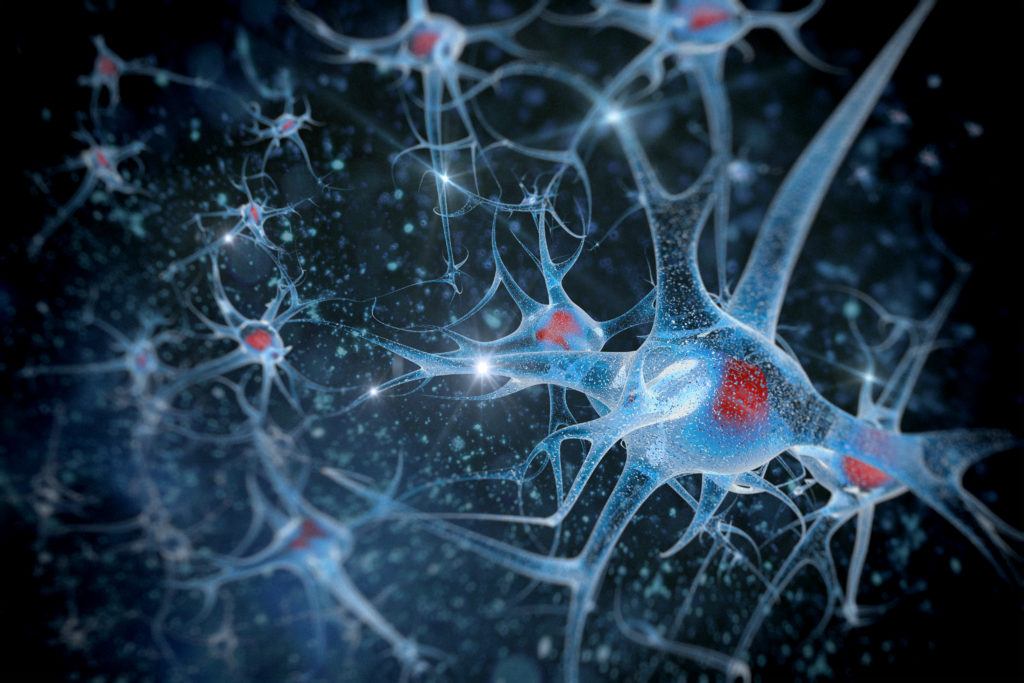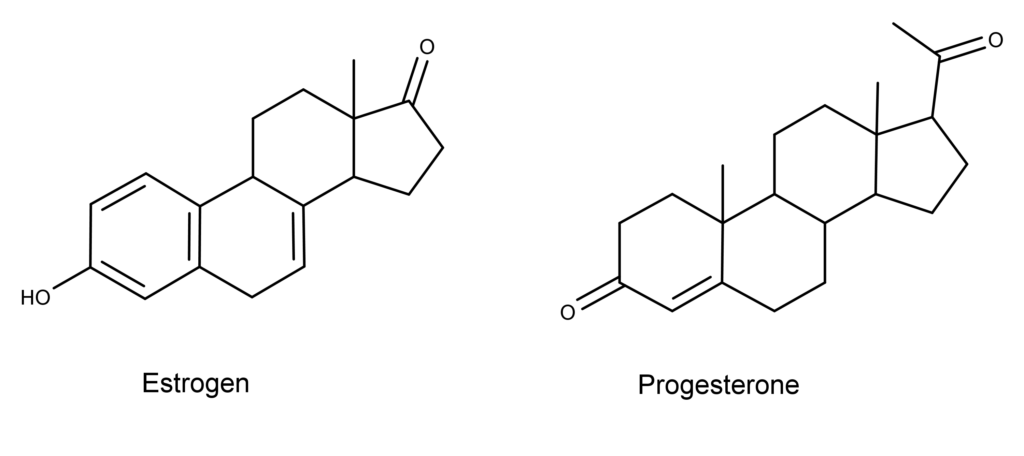
PSR has been publishing articles on the often-overlooked concept of women and psychedelics. One article from December 2019, Female Hormones, 5-HT2A Receptors, and Psychedelics, summarized several scientific studies investigating this concept. This article is a more detailed look into one of those studies.
Effects of estradiol and progesterone administration on human serotonin 2A receptor binding: a PET study.
This study from 1995 examined how the combination of estrogen (aka estradiol or 17ß-estradiol, the major estrogen in females) and progesterone affected the binding potential (BP) of the serotonin 5-HT2A receptors (5-HT2AR) in the brains of postmenopausal women.1 The study used PET (positron emission tomography), and a selective 5-HT2AR radioligand called [18F]altanserin.
At the time of the study, researchers knew that estrogen and progesterone, each on their own, increased the density of 5-HT2AR in the rat brain, primarily in the anterior cingulate, olfactory, and frontal cortices.2–4 However, rat studies indicated that progesterone prevented estrogen from increasing 5-HT2AR density.4
In this study, the researchers tested a hypothesis that estrogen and progesterone administered together would increase the BP of 5-HT2AR in the frontal and cingulate cortices of the brains in the postmenopausal women.

Study Design
The study used five women whose blood was initially tested for estrogen and progesterone levels to confirm they were in menopause. Each woman received a baseline PET scan using [15O]water and [18F]altanserin. They received another PET scan with the radioactive water and altanserin following 8 to 14 weeks of transdermal 17ß-estradiol only (0.1 mg/day). A final PET scan with [15O]water and [18F]altanserin was done after 2 to 6 weeks of 17ß-estradiol plus micronized progesterone (100 mg orally twice daily). The [18F]altanserin binds to the 5-HT2AR in the women’s brains. Using the PET scans along with calculations, the researchers can analyze changes in the binding potential at the receptor.
The BP of a receptor is a composite parameter used in PET and other types of imaging. It is proportional to the product of the density of the receptor and the affinity of the radioligand for the receptor. In other words, BP measures the density of available receptors. In this study, measuring the BP of 5-HT2AR was done using a method called Logan graphical analysis, also known as a Logan plot.5,6
The study also had the participants take cognitive and emotional assessments within one day of each PET scan in the hope of detecting any correlations with the imaging data.
Intriguing Results and Limitations of the Study
The data showed that BP at 5-HT2AR increased significantly (21.2%) in the women following the administration of estrogen and progesterone compared to baseline. This increase was seen in widespread areas across all cerebral cortex regions that were examined by the researchers. The data didn’t show any correlations (only tendencies) between the PET imaging data and the results of the cognitive and emotional assessments.
Due to the design of the study, the researchers were unable to differentiate the relative contributions of estrogen and progesterone to the changes in BP. They also were not able to follow the time-course of the hormones binding to 5-HT2AR. Also, the authors acknowledge the limitation of a small sample size of five women in this study. They say the small sample size may have affected the sensitivity of the cognitive and emotional assessments.
Research on Female Hormones Has Come a Long Way, But…
Even 20 years ago, when this study was published, the evidence was mounting around the concept that female hormones make women’s bodies respond differently. Today, scientists have a better understanding of how estrogen and progesterone work on their own and together. But there is much more to learn. When it comes to the interaction of female hormones and psychedelic drugs, the mystery is even more challenging to solve.
